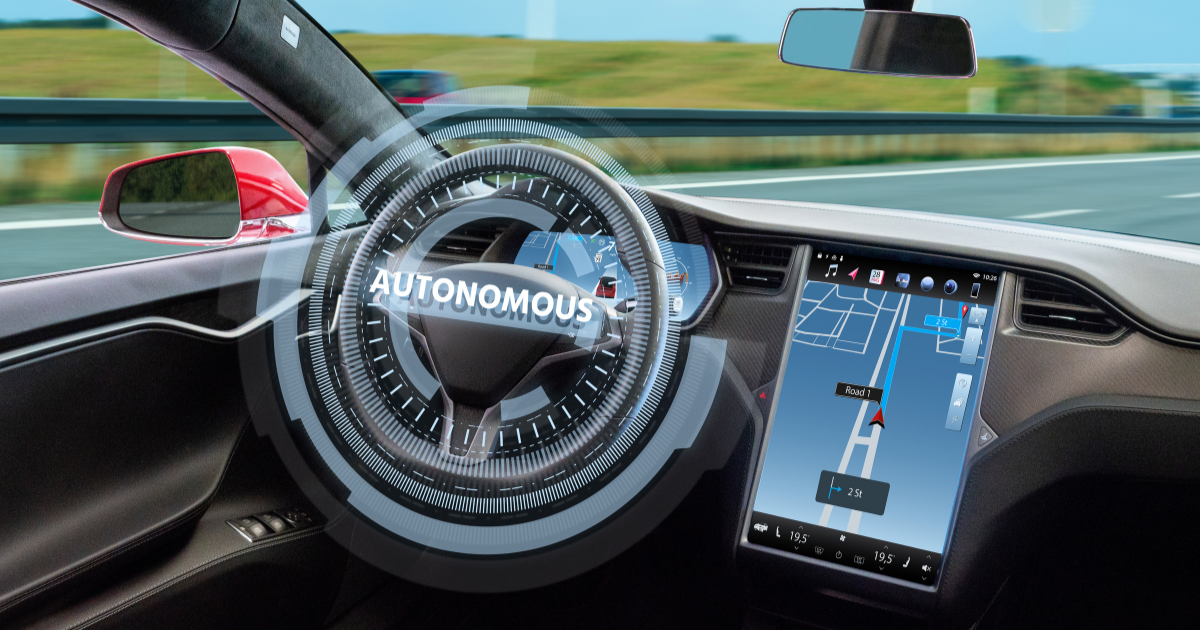
©Scharfsinn86 via Canva.com
Cruise Faces Setback as GM Halts Production of Driverless Van
November 7, 2023
Cruise, the autonomous vehicle subsidiary of General Motors (GM), has faced a significant setback as GM announced a temporary production halt for its driverless van, the Origin.
This development has raised questions about the progress of self-driving technology and the readiness of autonomous vehicles for widespread deployment. Cruise, like many other companies in the autonomous vehicle space, is navigating a landscape filled with technical, regulatory, and societal hurdles.
The CEO of Cruise, Kyle Vogt, announced the production halt on Monday in an all-hands meeting with his staff, according to audio Forbes obtained. The meeting was held in order to “address concerns that its autonomous vehicles are not yet safe enough to operate.”
Cruise has been “under fire from regulators” since July when one of the company’s robotaxis hit a woman, who had already been hit by a human-driven car, and dragged her 20 feet. Cruise vehicles also reportedly have problems recognizing children and detecting large holes in the road, as reported by The Intercept.
On Oct. 17, the National Highway Traffic Safety Administration “announced it was investigating Cruise’s nearly 600-vehicle fleet because of risks posed to other cars and pedestrians.” The following week, the California Department of Motor Vehicles also suspended the company’s driverless operations in San Francisco, “where driverless Cruise cars have shuttled passengers since 2021.”
These reports come a month after Vogt told investors Cruise was “just days away” from regulatory approval to start mass producing the Origin robotaxis. Though the Origin was first revealed in 2020 as a “bus-like vehicle built for the sole purpose of shuttling people around in a city autonomously,” according to The Verge, Cruise has had to go through a long regulatory process to approve mass production. The Origin’s “lack of traditional human controls means that Cruise needs an exemption from the federal government’s motor vehicle safety standards, which require vehicles to have a steering wheel and pedals,” and the robotaxi has neither.
Vogt explained to his team in the meeting on Monday that the company already has produced hundreds of Origin vans, stating it is “more than enough for the near-term when we are ready to ramp things back up.” In the meantime, the company plans to rebuild trust with its partners and regulators.
Recent reports also indicate that Cruise’s robotaxis, designed to operate without human intervention, require remote human assistance every four to five miles. In response to allegations that the company’s robotaxis aren’t therefore self-driving, Vogt stated, “Cruise AVs are being remotely assisted (RA) 2-4% of the time on average, in complex urban environments. This is low enough already that there isn’t a huge cost benefit to optimizing much further, especially given how useful it is to have humans review things in certain situations.”
He went on to explain that many of the remote assistant sessions “are resolved by the AV itself before the human even looks at things, since we often have the AV initiate proactively and before it is certain it will need help. Many sessions are quick confirmation requests (it is ok to proceed?) that are resolved in seconds. There are some that take longer and involve guiding the AV through tricky situations.”
Recent News
Uber Unveils New Changes, Including Costco Perks & Shuttle Rides
The new Uber offerings were announced at its annual Go-Get showcase.
Netflix’s Ad-Supported Tier Has Now Reached 40 Million Monthly Users
Netflix said its more cost-effective, ad-supported tier has brought in 40 million global monthly active users.
Mirage Closes Ahead of Hard Rock Rebrand, 2027 Reopen Planned
The Mirage Hotel, credited with rebranding the Las Vegas Strip into a luxury resort destination, is shutting its doors this summer.
Samsung Responds to Apple’s Heavily Criticized ‘Crush’ Ad With a 43-Second Clip
Samsung has dropped a new ad called “Creativity cannot be crushed” in reaction to Apple’s iPad Pro “Crush” ad, which caused mass criticism online last week.

